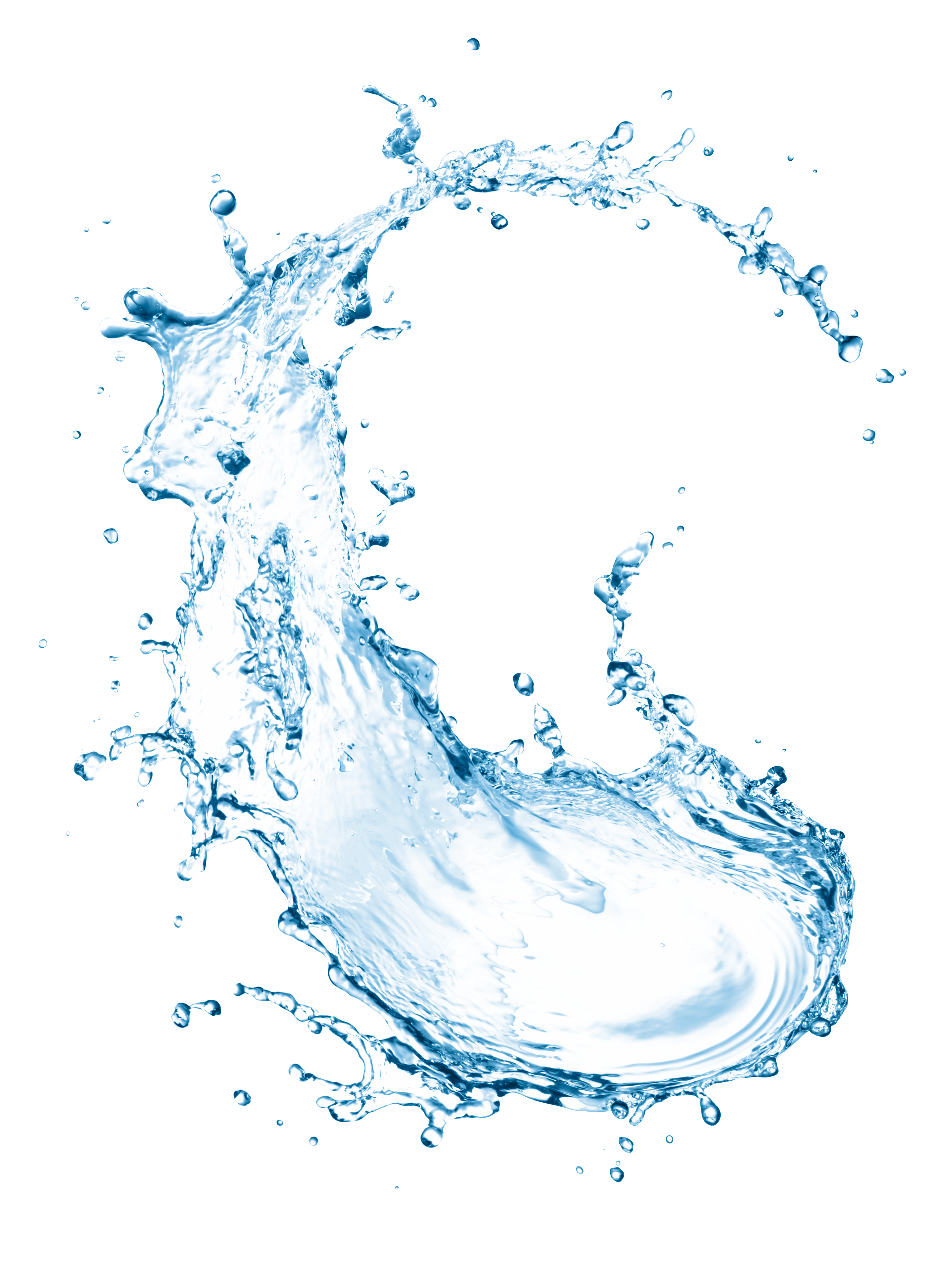

→You cannot use the content in the Pikbest Content in printed or electronic items aimed to be resold. →You cannot resell, redistribute, access, share or transfer Pikbest Content. While privileges are different upon different user types, there are some restrictions which are applicable to all Pikbest users. The Pikbest Authorization differs upon different situations.
#Water splash png circle license#
float64 ( 6.Pikbest authorizes the User in a non-transferable, non-exclusive manner and on a worldwide basis for the duration of the relevant rights to download, use and modify the Pikbest Content, as expressly permitted by the applicable license and subject to this document. float64 ( 6.0 ) # x-coordinate of centre of splashes y0 = np. """ from _future_ import print_function import matplotlib.pyplot as plt, mpl_toolkits.mplot3d import numpy as np import os import subprocess import time import sys from scipy.interpolate import RectBivariateSpline, UnivariateSpline from lors import LightSource from mayavi import mlab # animation parameters Lx = np. One Gaussian hump released at t=t0 is given by the initial conditions: eta(r,t0) = 2 * exp( -r^2 ), d/dt eta(r,t0) = 0.
#Water splash png circle series#
The initial conditions are a series of Gaussian humps, on an equidistant grid in the (x,y)-plane. 113-122 doi: 10.3970/cmes.2005.010.113 The dimensionless and linear shallow-water equations in polar coordinates are: d/dt^2 eta(r,t) - 1/r * d/dr( r * d/dr eta(r,t) ) = 0. Computer Modelling in Engineering & Sciences, vol. Yeh (2005) Tsunami propagation from a finite source. #!/usr/bin/env python2.7 """ Make an animation of the linear shallow-water equations in 2D Based on the exact solution for axisymmetrical waves in: G. close () input ( '- hit \' Enter \' to close. subplots ( 1 ) # needed to show the last figure in spyder plt. savefig ( 'fig.sol/swe_ani_2D_eta_similarity.pdf', bbox_extra_artists = ( lgd ,), bbox_inches = 'tight' ) #%% ready print ( '= ready' ) plt. set_size_inches ( 12, 5, forward = True ) plt. legend ( loc = 'center left', bbox_to_anchor = ( 1.0, 0.5 ) ) plt. set_title ( r 'self-similar behaviour of surface elevation' ) lgd = ax. Pool ( num_cores ) print ( '- number of cores : $ $\eta(r-t,t)$' ) ax.


exp ( - r ** 2 ) eta = eta0 num_cores = int ( multiprocessing. float64 ) # time coordinate eta0 = 2 * np. linspace ( 0, ( m - 1 ) * dt, num = m, dtype = np. linspace ( 0, ( n - 1 ) * dr, num = n, dtype = np. float64 ) # surface elevation integrated in time r = np. inf, args = ( r_now, t_now ), epsabs = 1.e-5, epsrel = 1.e-5, limit = 100 ) #%% compute time integral of surface evolution as a function of r and t print ( '= compute time integral of surface evolution as a function of r and t' ) start_time = time. exp ( - ( rho ** 2 ) / 4 ) def integrate ( args ): r_now = args t_now = args return quad ( integrand, 0, np. float64 () def integrand ( rho, r, t ): return rho * sp. of elevation snapshots to plot #%% integrand r = np. float64 ( 0.2 ) # time step res = int ( 10 ) # resample factor for 2D interpolation mpl = int ( 11 ) # no. float64 ( 0.2 ) # step in r-direction dt = np. """ #%% import libs from _future_ import print_function from future.builtins import input import numpy as np import scipy.special as sp import matplotlib.pyplot as plt import multiprocessing import time from scipy.integrate import quad from scipy.interpolate import RectBivariateSpline #%% input n = int ( 181 ) # number of points in r-direction m = int ( 151 ) # number of time steps dr = np.


 0 kommentar(er)
0 kommentar(er)
